Description
In Depth
EnerGenic by Alimentum Labs is a powerful mitochondrial and cellular ATP bioenergy complex designed to boost cellular vitality, help the body adapt to stress, bolster neurological function, enhance physical performance, and target key genes like PGC-1α, SIRT, NRF, and TFAM that are pivotal for mitochondrial health. Mitochondria, the energy producers in our cells, are crucial for overall health, but various factors like poor diet, stress, and toxins can compromise their function.
EnerGenic’s carefully crafted formula supports healthy mitochondrial gene expression, promoting mitochondrial biogenesis, increasing ATP production, and safeguarding cellular functions. This advanced formula not only detoxifies the body but also addresses symptoms of compromised mitochondrial function, contributing to increased energy levels, reduced oxidative stress, and overall cellular health.
By targeting key genes involved in mitochondrial regulation, EnerGenic offers a holistic approach to support energy efficiency and cellular well-being.
Key Features
- ATP (Adenosine Triphosphate), the essential energy currency for all cells, is foundational for mitochondrial function and supporting vital reactions in the body such as muscle contraction and nerve impulses. As a key component in Alimentum Labs’ EnerGenic, ATP enhances overall cellular health by increasing energy levels, reducing oxidative stress, and promoting mitochondrial well-being.
- Niacin, or vitamin B3, is an integral part of the early energy-producing reactions that take place after food intake, supporting energy needs and overall cellular health. Niacin derivatives like nicotinamide mononucleotide (NMN) contribute to NAD+ formation, enhancing cellular energy production, supporting DNA repair, activating sirtuin genes, maintaining mitochondrial function, and potentially offering neuroprotective effects.
- N-Acetyl L-Carnitine is essential for optimal mitochondrial function as it is required for β-oxidation, a crucial process in mitochondrial energy production. Additionally, it has demonstrated the ability to reduce oxidative stress, improve cardiovascular health, regulate sirtuin expression, and contribute to healthy aging.
- Aspartic acid is vital for mitochondrial function and overall cellular health as it plays a significant role in generating NADH, a key energy molecule involved in ATP production. It also contributes to safeguarding mitochondria and maintaining balance in the redox reactions that take place within these cellular powerhouses.
- PQQ (Pyrroloquinoline Quinone) serves as a cofactor in various biological redox reactions including those involved in enhancing mitochondrial generation and energy production. It has also been shown to activate sirtuin genes which are responsible for optimizing mitochondrial function, DNA maintenance, and cellular health.
White Paper
The White Paper is your comprehensive guide to understanding this product. It details the ingredients, their functions, and how they work together to deliver results. Complete with usage guidance and safety information, it’s an invaluable resource for anyone seeking a thorough understanding of this formula.
Essential Ingredients
- ATP (Adenosine Triphosphate)
- Niacin (Vit B3) (NAD/NMN)
- N-Acetyl L-Carnitine
- Aspartic Acid
- PQQ (Pyrroloquinoline Quinone)
Directions
Take 2 capsules daily, or as directed by your health care provider.
Warnings
Keep away from heat, sunlight, and out of the reach of children.
Quality Guarantee
cGMP facility
Vegan
Non-GMO
Gluten Free
Dairy Free
No Sugar
Frequently Asked Questions
Who should take EnerGenic?
EnerGenic is designed for individuals seeking to support and optimize their mitochondrial function, enhance energy levels, and promote overall cellular health. This supplement is beneficial for those experiencing symptoms of compromised mitochondrial health, such as fatigue, muscle weakness, and gastrointestinal issues. Additionally, individuals with an interest in supporting metabolic efficiency, anti-aging, and overall well-being may find EnerGenic suitable. As with any supplement, it’s advisable to consult with a healthcare professional before incorporating it into your routine, especially if you have existing health conditions or are taking medications.
How should I take EnerGenic?
Take 2 capsules daily, or as directed by your health care provider.
Can I take EnerGenic with other supplements?
Yes, however, before adding EnerGenic or any other supplement to your routine, it’s crucial to consult with a health care professional, especially if you are already taking other supplements or medications. This ensures that there are no potential interactions or adverse effects. Some supplements may have synergistic effects, while others might interfere with absorption or efficacy.
Can I take EnerGenic if I'm pregnant?
When used as directed there are no contraindications, however, we advise that pregnant individuals exercise caution and consult with their healthcare provider before taking any new supplements, including EnerGenic. While some ingredients in EnerGenic, such as vitamins and minerals, are commonly found in prenatal supplements, other bioactive compounds or herbs may have effects that are not well-studied during pregnancy.
Why is Niacin important for energy production?
Niacin, or vitamin B3, is vital for energy production as it forms key coenzymes (NAD and NADP) involved in cellular respiration, facilitating the conversion of nutrients into adenosine triphosphate (ATP), the primary energy source for cellular functions. Niacin’s role in electron transfer is fundamental for efficient ATP generation and supporting various metabolic processes.
How does EnerGenic enhance physical performance and endurance?
EnerGenic enhances physical performance and endurance by promoting mitochondrial biogenesis. This process results in the formation of more mitochondria within muscle cells, facilitating increased energy production. As a consequence, individuals with more mitochondria may experience improved endurance, enhanced exercise performance, and faster recovery. Mitochondrial biogenesis supports physiological adaptations to training, including heightened aerobic capacity and improved efficiency in utilizing oxygen during physical activities, both of which are ideal for athletes and those who exercise regularly.

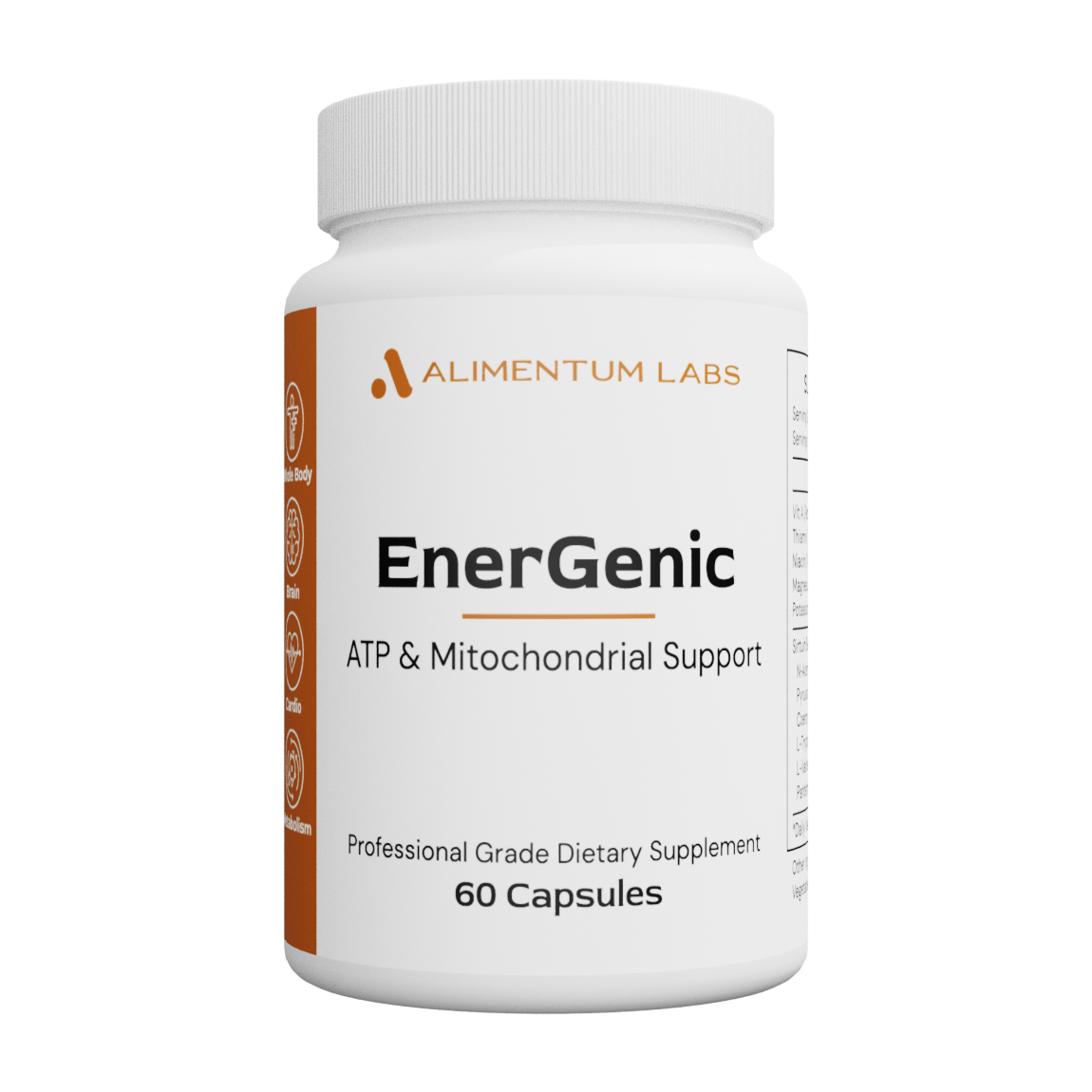
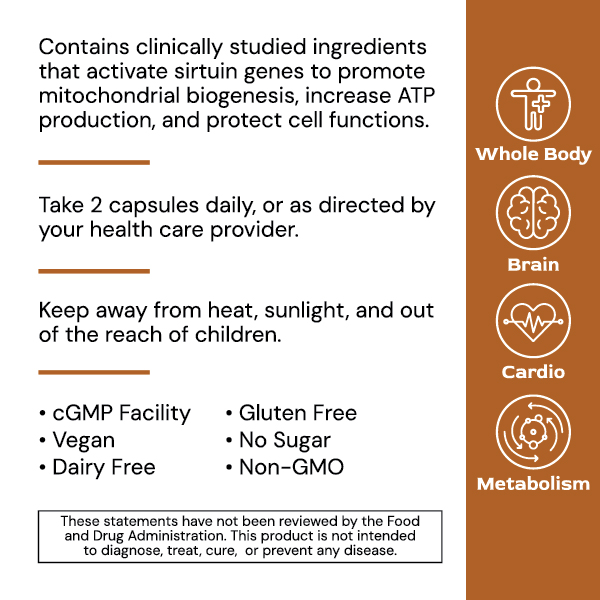
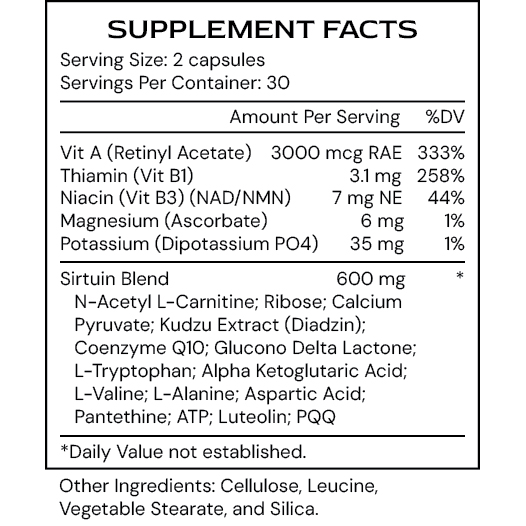
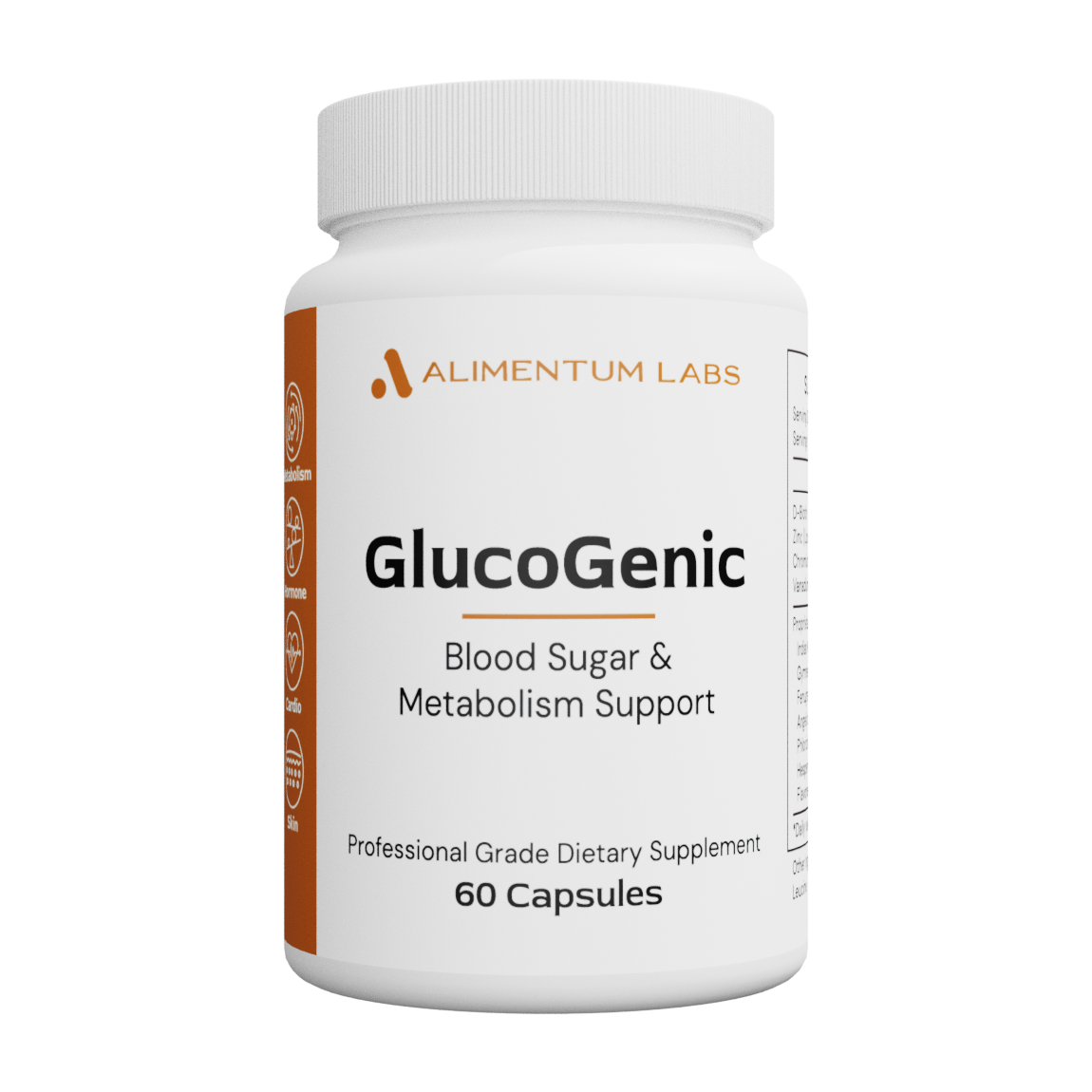
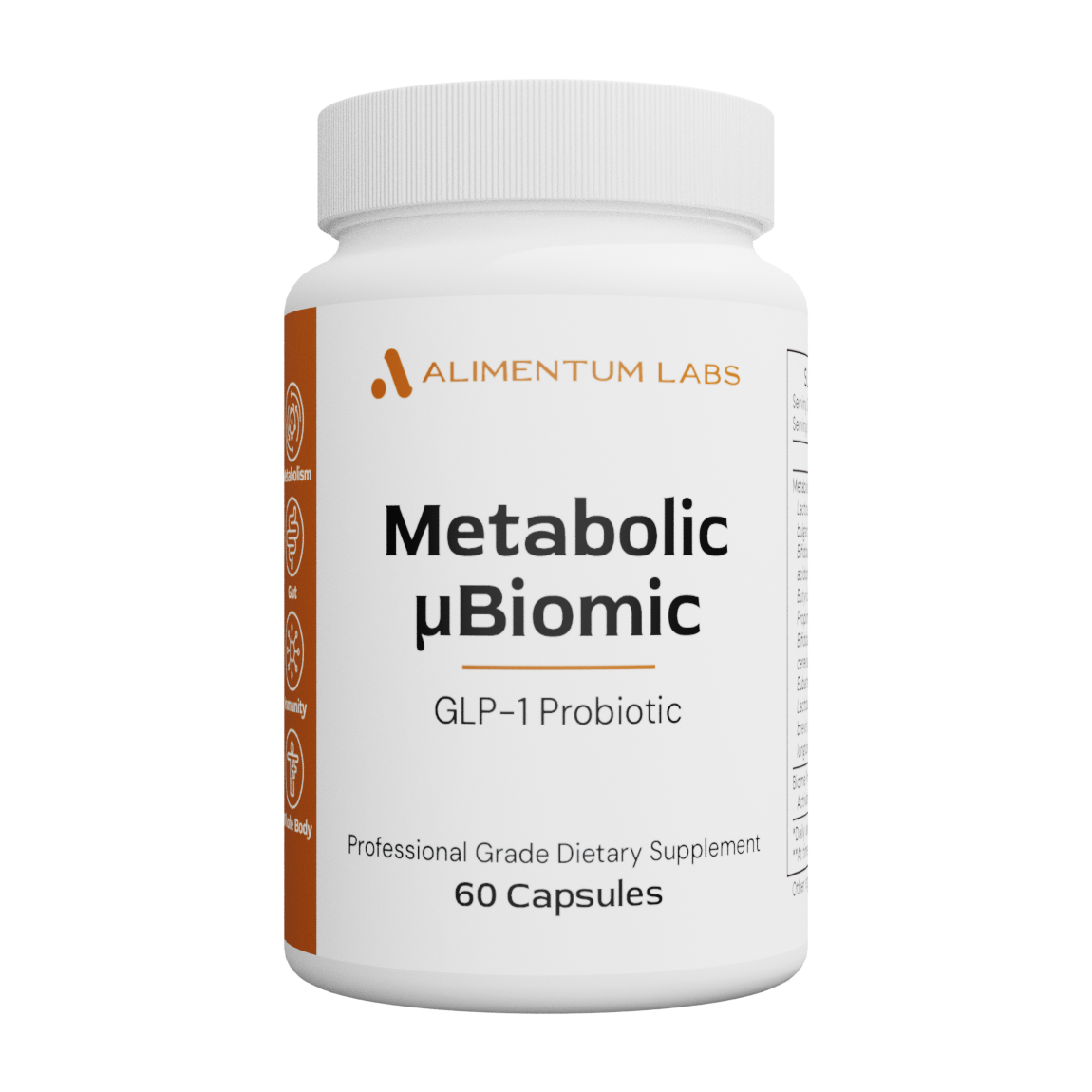
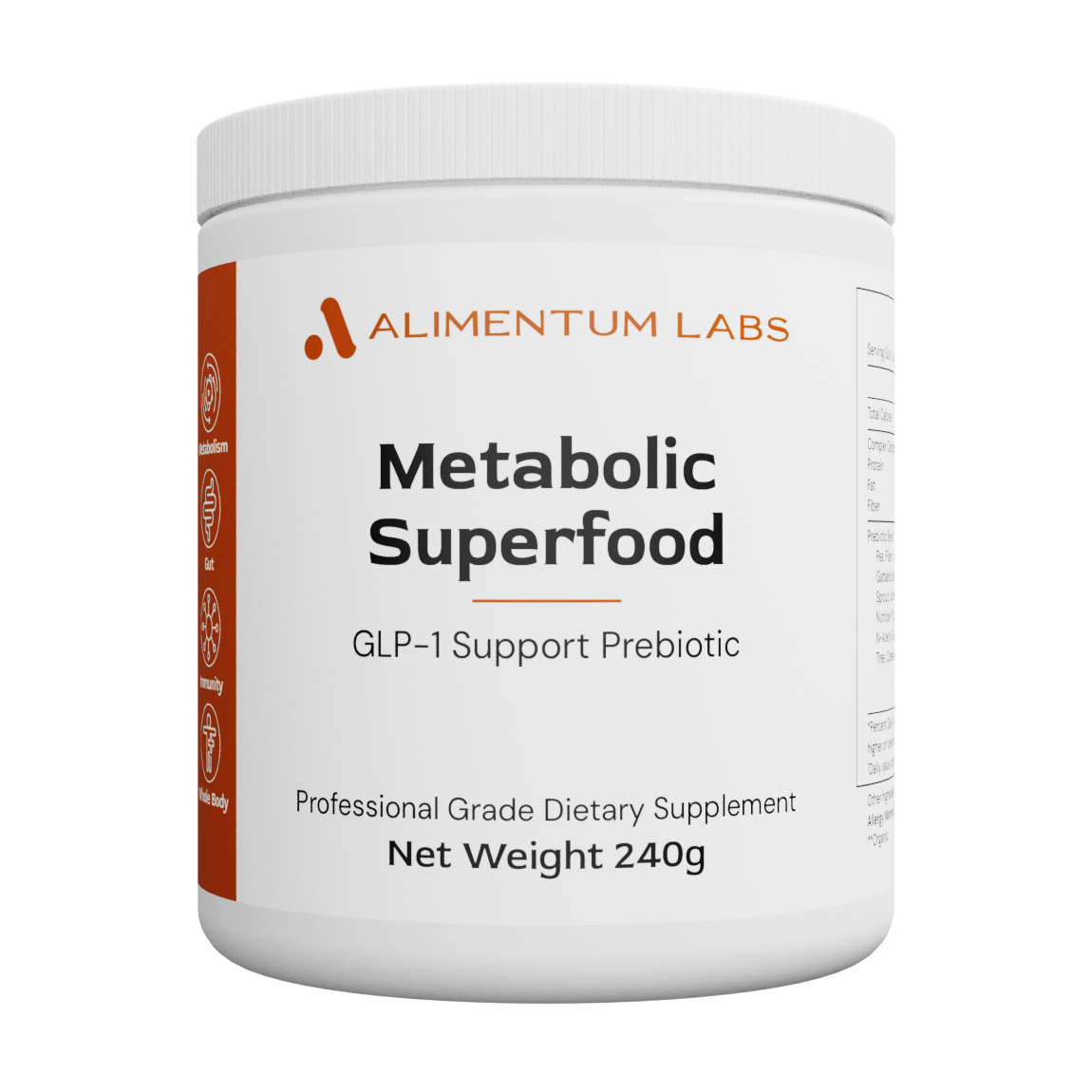
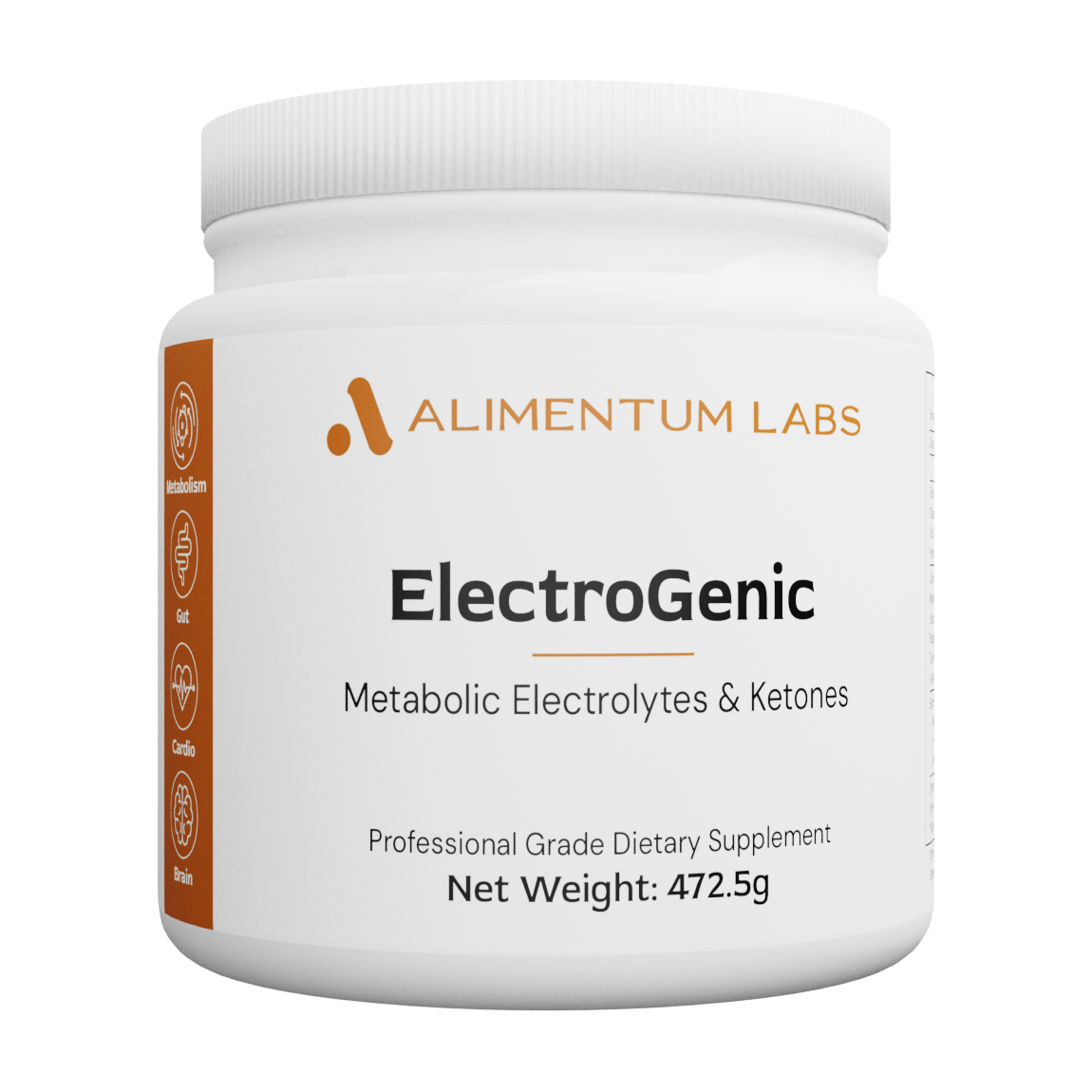
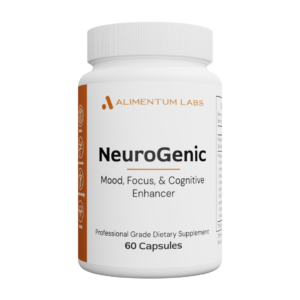
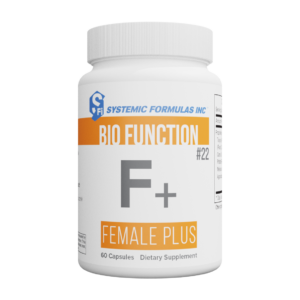
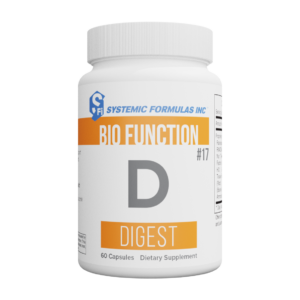
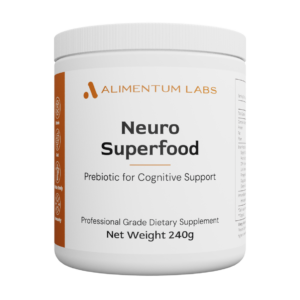

There are no reviews yet.